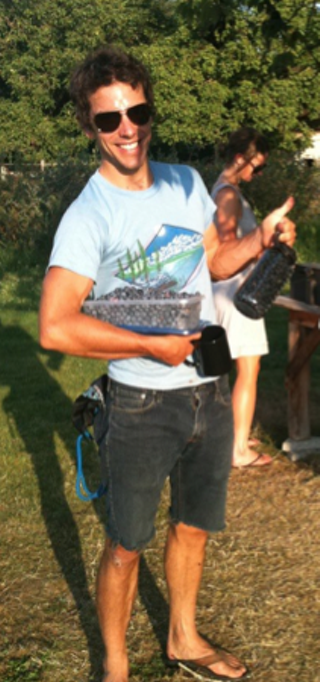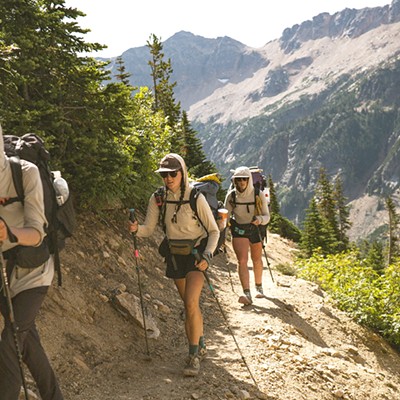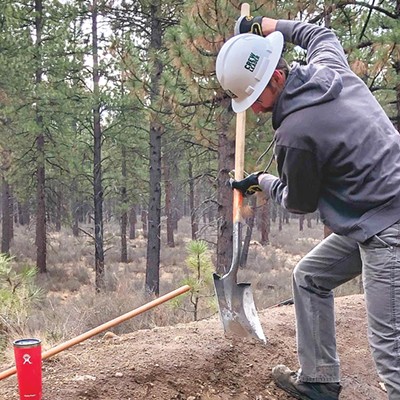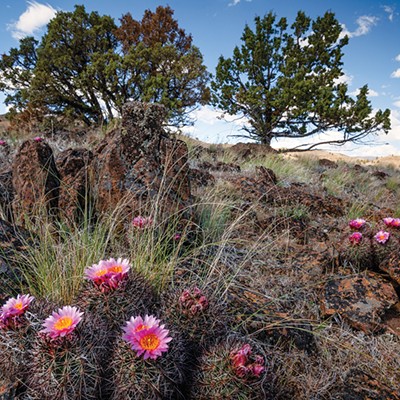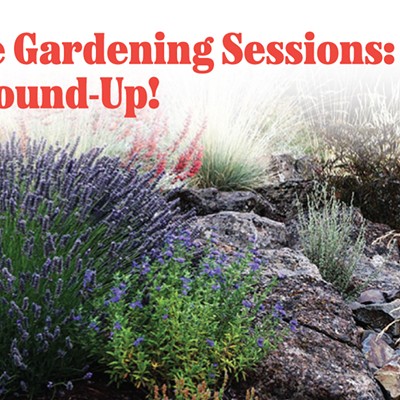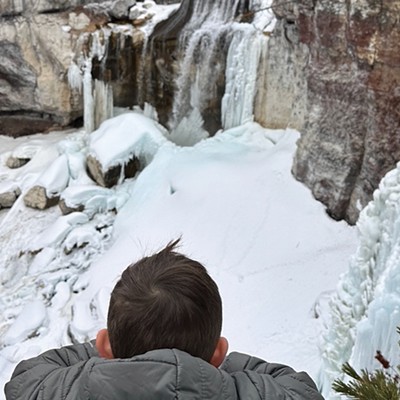Stand-up paddleboarding on flat water is the equivalent of going for a lunch-hour jog—it’s good for you, it probably makes you feel better, but it doesn’t exactly get you into the red zone. As a result, it can be hard to get motivated. You could say the activity is short on ‘psyche.’
Wait, before anyone gets their board shorts in a wad, let me say this: getting exercise, no matter the format, is always preferable to getting none at all. Also, there’s nothing wrong with flat-water stand-up paddle board (SUP) sessions, or flat water anything else for that matter. But given that stand-up paddling traces its origins to the Pacific Ocean, it’s worth noting that there’s much more to the sport than what we see from the banks of the Deschutes River.“Probably 95 percent (of those stand-up paddleboarding) don’t know that there’s anything other than standing on the balance point in a parallel stance,” said Dennis Oliphant, a veteran surfer, SUPer and president of Sun Country Tours. Oliphant has also been teaching dynamic clinics for MBSEF to prep kids for moving water.
It’s not exactly breaking news that stand-up paddleboarding, an activity that many retailers refer to as the world’s fastest growing water sport, is catching fire. Go to damn near any American city and there’s sure to be a SUP photo splashed across the cover of said town’s free mag. Charlotte, N.C., a Southern land-locked city, has fitness and yoga classes based on stand-up paddle boarding. There’s even a South Dakota travel blog that extols the virtues of paddling Lake Mitchell—despite the lake’s “algae problem.” (Gross.)
Here in Bend, the mild waters of the Deschutes are often crowded with SUPers as the river meanders through the Old Mill. Most of those fanatics, though, will never venture beyond their hometown flat water. And that’s cool. It’s a good core workout and a nice way to be on the water and interact with nature.
If, however, you were willing to take your newfound SUP skills to the ocean you’d find a whole world waiting. And it’s full of awesome.
“It takes a long time to become a good surfer, but you can be a pretty darn good stand-up surfer in a pretty short period of time,” Oliphant said.
Here’s why: A SUPer can paddle faster and longer than a prone surfer (paddle= mechanical advantage! science!) Also, a stand-up paddler has a greater range and an ability to surf nearby zones. Most importantly, it’s easier to catch waves, thanks to the large board and paddle-propelled acceleration.
According to Hank Hill, instructor and sales associate at Tumalo Creek Kayak and Canoe, many Bend paddlers already have the necessary skills to make the transition to the waves.
“Being comfortable on the water and learning those basic paddling techniques—that’s the huge, critical piece,” said Hill.
Oliphant guessed that only about 50 of Bend’s 1,000-plus paddleboard owners make the transition to the ocean. By contrast, coast trips are a regular thing for Oliphant who, when I talked to him last week, was just back from a SUP mission in Pacific City. There, stand-up surfers found the waves to be plentiful. Beginners though should stick to a mellower zone, like Otter Rock, according to Oliphant.
Unlike surfing, which originated centuries ago in Polynesia, stand-up paddle boarding, at least in its present form, is a relatively new pursuit.
According to local surf legend Gerry Lopez, Polynesians, and Hawaiians specifically, have used big boards and outrigger canoe paddles in tandem for centuries. Near Waikiki, Duke Kahanamoku, the father of modern surfing, could sometimes be found standing on a board, canoe paddle in hand. But it wasn’t until the mid-20th century that surfers started to really experiment with the stand-up style.
“As a kid, I first saw John Zapotocky doing it,” said Lopez, now 63. To Zapotocky, an engineer in the Navy, the mechanics of stand-up surfing made perfect sense.
A few years later, Robert “Bobby” John Ah Choy explored stand-up paddling as a way to capture photos of his kids and fellow surfers. Stand-up surfing allowed the Hawaiian native a better vantage point. It also kept his camera dry.
After a period of relative dormancy, some of the uber-accomplished big-wave surfers like Laird Hamilton revived the SUP in the early 2000s, embracing it as a teaching tool and a new challenge.
“I shaped the first one for Laird Hamilton and it was such an ordeal,” Lopez said, in reference to the board’s massive dimensions. Hamilton was stoked. “This is perfect, I need ten more right away,” Hamilton reportedly told Lopez. Swamped, Lopez had to outsource. That’s how Surftech, the world’s largest surfboard manufacturer, began churning out stand-up boards.
Around the same time, Oliphant and Lopez were experimenting with their own designs here in the high desert.
“That first summer, [stand-up paddle boarding] really caught the imagination of a lot people,” Lopez said. By that fall, Oliphant and Lopez would meet 25 to 30 others for afternoon paddles on the Deschutes.
The board that Oliphant and Lopez helped develop is thicker, longer and much more buoyant than a traditional surfboard. As a result, most stand-up boards are already ocean ready.
The transition from mellow to mega need not be intimidating; but if you pack your paddle, remember your manners, too, Hill said.
“Put a smile on your face, respect the local surfers, get into the line up and be courteous,” said Hill. “And don't be a wave hog. It’s easier to catch waves and paddle out quicker than a prone surfer.”
That’s it. You’ve got the technique, the tools and the know-how. Now let the wisdom of Lopez guide you to newfound fun.
“Suddenly, you can go out to areas where there might not be any other people,” Lopez said.
And that’s cool.
Hank Hill, instructor and sales associate at Tumalo Creek Kayak and Canoe, helped us out with an ocean checklist
1. 10.5 foot to 11.5 board- boards longer than 11.5 feet are for flat water only
2. Paddle- a shorter paddle accommodates the crouched stance
3. Wetsuit- the Pacific Ocean is cold
4. Wax- only if your SUP has no tread
5. Leash- for safety’s sake
Stop flailing!
Here’s where to get lessons locally:
MBSEF.org; suncountrytours.com;
tumalocreek.com; standonliquid.com

